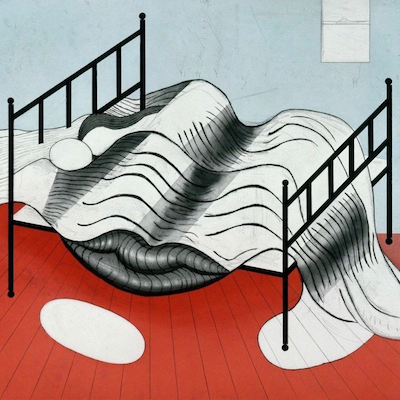
Details
Artist
Styles
'Arrossegar ombres' by Jordi Alcaraz is a mixed-media artwork characterized by a minimalist yet dynamic composition. The piece features a series of fluid black shapes, seemingly suspended or dragged across a white surface, evoking a sense of motion and tension. Thin black lines extend from the larger black forms, creating a visual interplay between weight and delicacy. The raw texture and gestural quality suggest themes of impermanence, shadow, and the passage of time. Alcaraz’s signature use of unconventional materials and abstraction invites viewers to reflect on the boundaries between two-dimensional and three-dimensional space. Measuring 190 x 150.5 cm, this work exemplifies his exploration of conceptual art.
Arrossegar ombres, 2025
form
Medium
Size
190 x 150.5 X 5 cm
- Inches
- Centimeters
Edition
Price
Details
Artist
Styles
'Arrossegar ombres' by Jordi Alcaraz is a mixed-media artwork characterized by a minimalist yet dynamic composition. The piece features a series of fluid black shapes, seemingly suspended or dragged across a white surface, evoking a sense of motion and tension. Thin black lines extend from the larger black forms, creating a visual interplay between weight and delicacy. The raw texture and gestural quality suggest themes of impermanence, shadow, and the passage of time. Alcaraz’s signature use of unconventional materials and abstraction invites viewers to reflect on the boundaries between two-dimensional and three-dimensional space. Measuring 190 x 150.5 cm, this work exemplifies his exploration of conceptual art.
What is Postmodernism?
Postmodernism is an art movement that emerged as a reaction against authority and traditional boundaries, seeking to blur the lines between art and everyday life. It aimed to bridge the gap between the cultural elite and the general public by embracing eclectic mixtures of earlier conventions and styles. Postmodernist art often challenges established norms and celebrates diversity, irony, and pastiche, making it a movement that reflects the complexities of contemporary culture.











